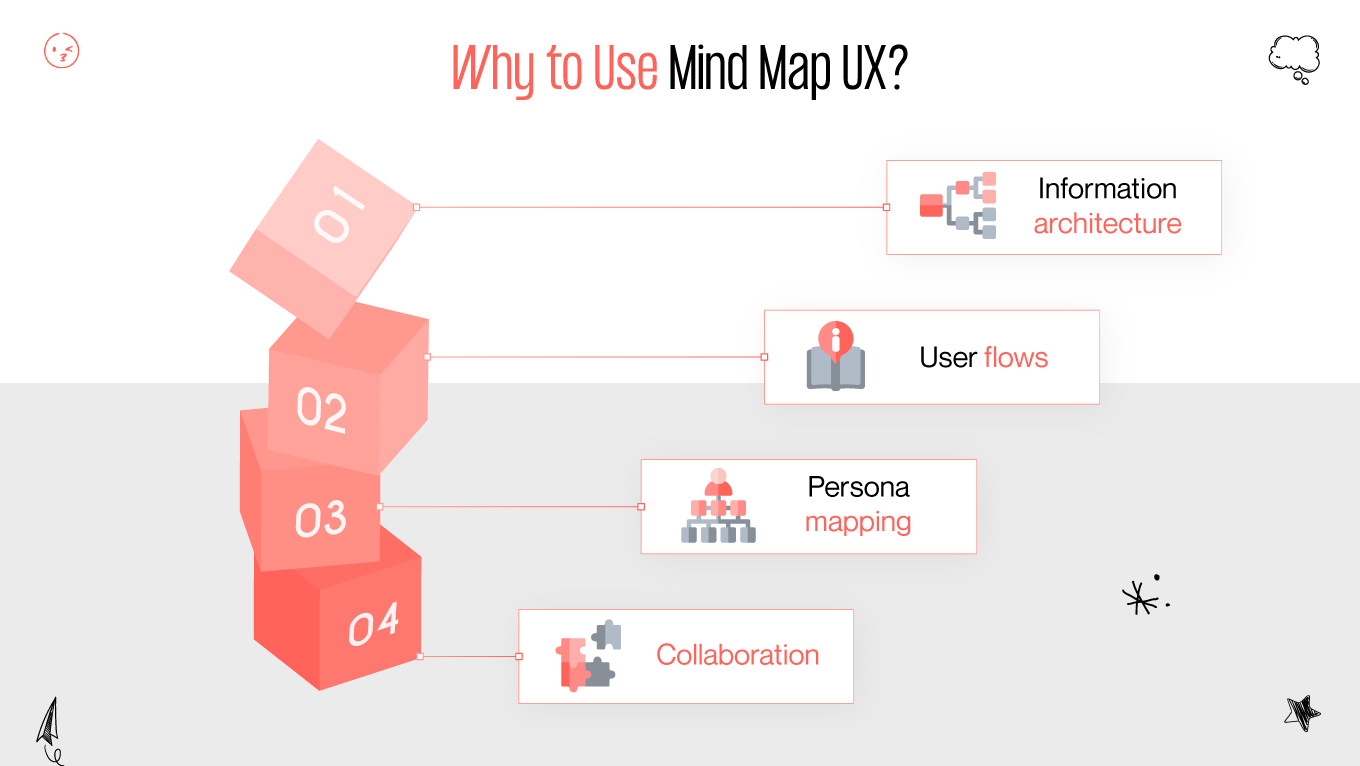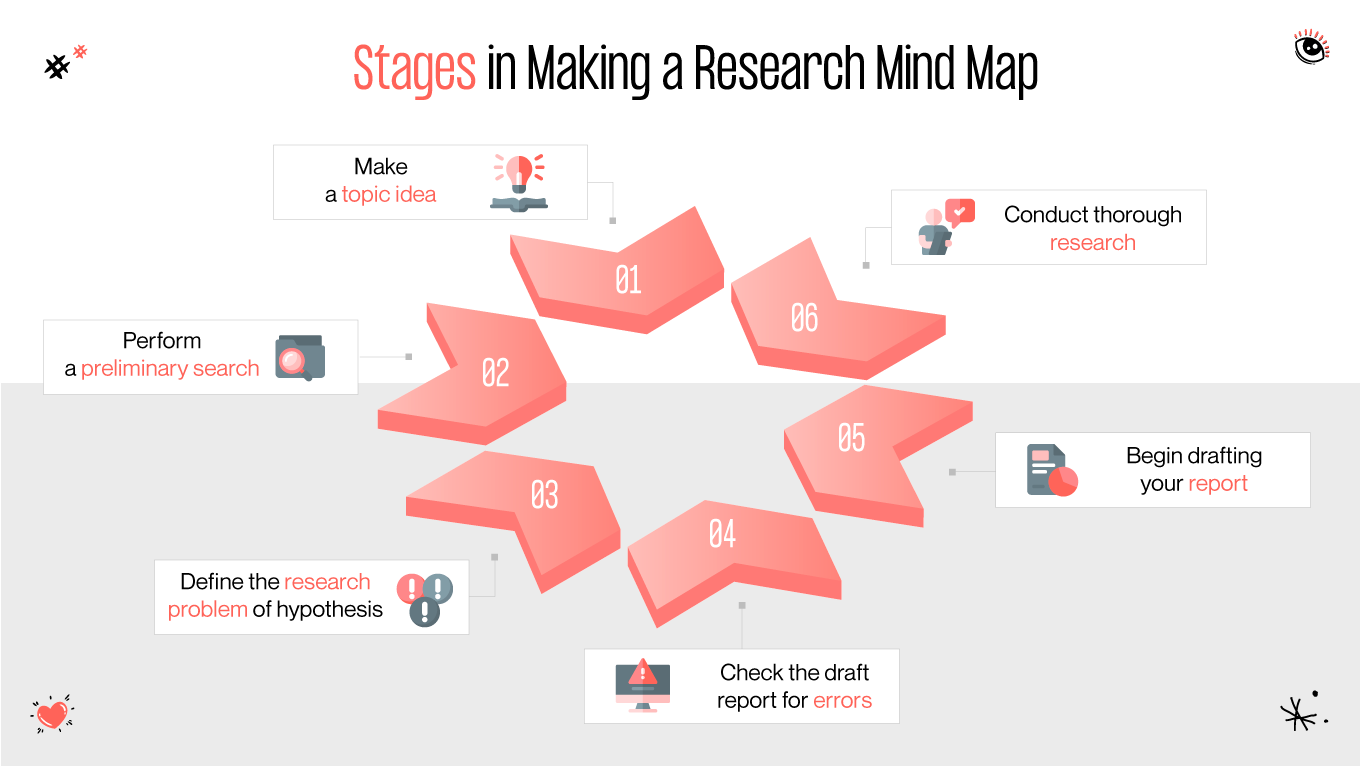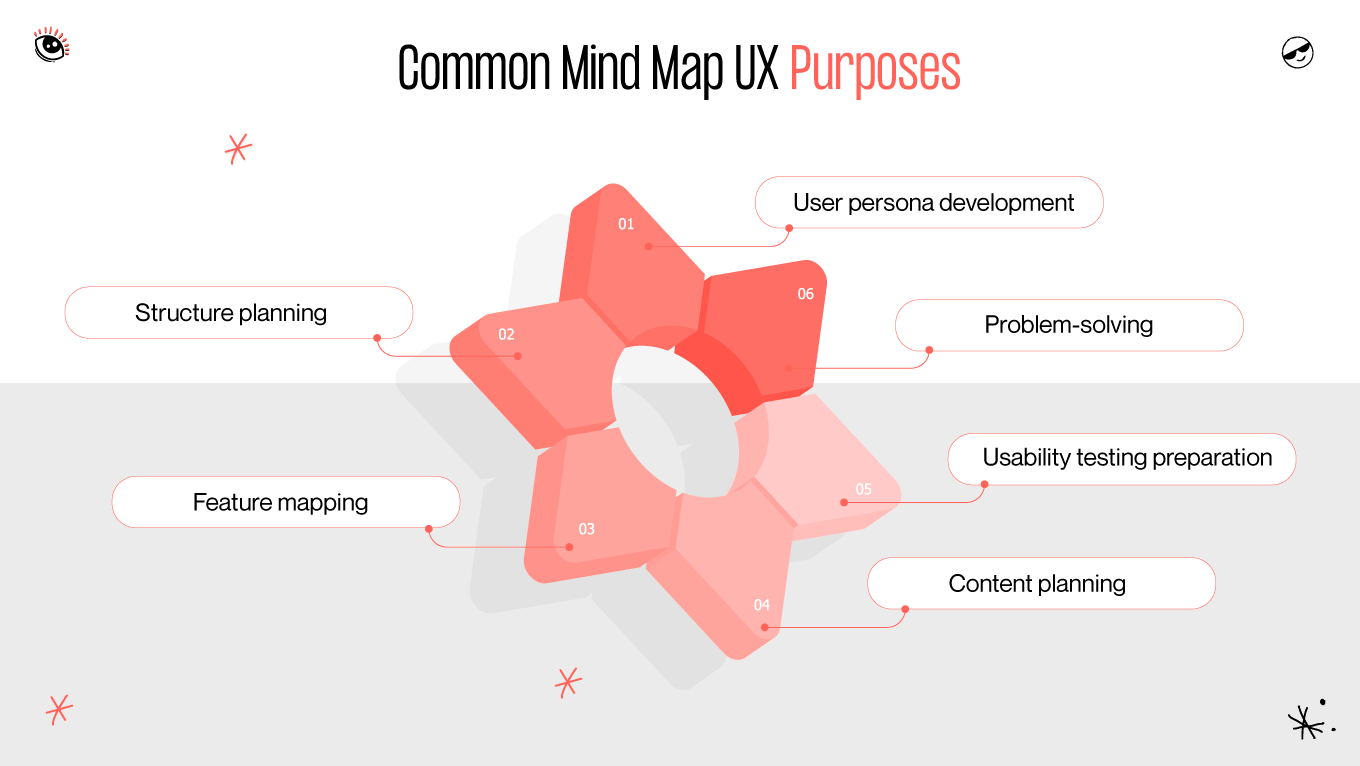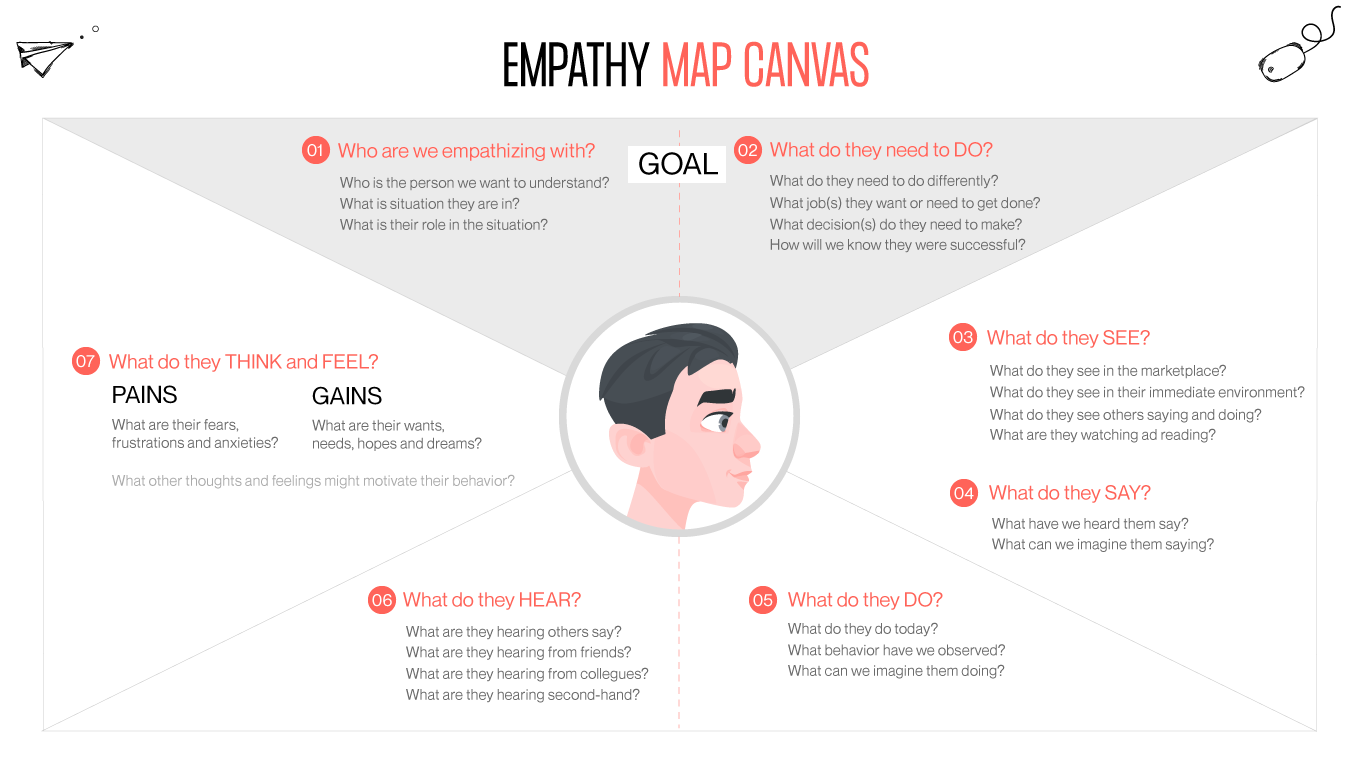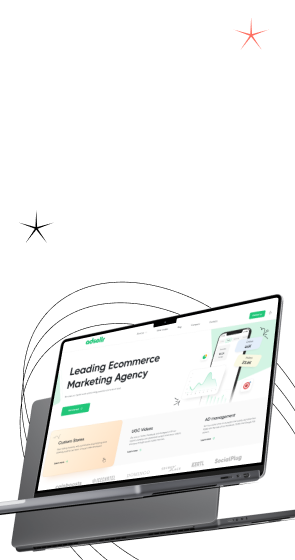The UX mind map remains a dynamic and indispensable asset in the designer's toolkit. Embracing this holistic approach ensures that user experience design is not merely a step in the process but an integral part of creating products that resonate with and delight users. In the ever-changing design landscape, UX mind mapping stands as a guiding compass, helping designers navigate the complexities of user experience with creativity, empathy, and effectiveness.
Today, Gapsy Studio will explore the topic from the benefits of using a mind map UI UX to the best practices of creating one. Let’s dive deeper!


